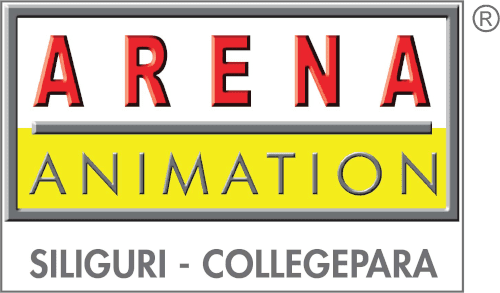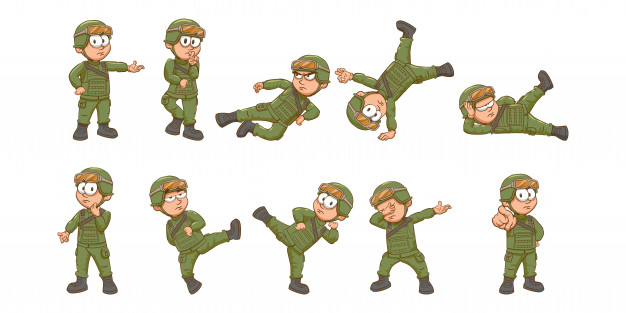What is 2D Animation?
Table of Contents
2D animation is the art of showing movements in the two-dimensional area. This includes characters, creatures, FX and backgrounds.
The illusion of movement arises when individual drawings are arranged in sequence over time. A second is usually divided into 24 frames. Depending on the animation style, there can be as many as 24 unique drawings in one-second animation (24 fps) or just two. Conventionally, the animation is made at “2s”, which means that there is a drawing every 2 frames (12 fps). This allows artists to save on production time/costs and 2D animation gets a unique look.
While this process is sometimes referred to as traditional animation, regular 2D production has evolved from hand-drawn pencil and paper processes to the implementation of digital techniques with computer software such as Adobe After Effects.
Current Scenario of 2D Animation
2D is a popular and diverse medium that is making a huge comeback. It is mainly seen in TV shows, video games, feature films, advertisements, mobile apps and on websites. Popular modern examples of 2D include TV shows Rick and Morty and F is for Family. Social media platforms such as Snapchat launch 2D animation series with snappy 1-3 minute episodes.
And there is even a recent wave of video games in the 2D platform like Cuphead. The demand for 2D animators who can create entertaining and engaging content has grown significantly over the past decade. There is a need for skilled and enthusiastic artists who love moving images and are adept at creating original and engaging content.
So what does a 2D animator actually do? What are the job prospects? What can a junior artist expect to earn compared to an established artist? What is the best 2D animation software?
We’ve done the homework and collected everything you need to know about the industry to prepare for your future.
Responsibilities of a 2D Animator
2D animators convey stories or messages by moving their characters, objects and backgrounds in a two-dimensional environment.
In addition to drawing, they must also be excellent storytellers. They are responsible for clearly conveying a story or message by moving characters in a way that engages viewers
While most of the work is done on a computer, traditional hand-drawn techniques are still a useful skill to have.
Additional responsibilities may include:
- Sketch designs
- Character design
- Developing storyboards
- Creating special effects
- Animation scenes
- Transition backgrounds
This job is just one part of the production pipeline, which is divided into three parts: pre-production, production and post-production:
In pre-production, a project is in the early stages and the team may be working on developing stories and characters, writing scripts, recording dialogues, storyboarding, background layout and character animation.
In the production phase, animators bring their characters and objects to life by giving them movement. The figures are then colored and processed and assembled over their suitable background.
Post-production is the final stage of adding sound and editing to ensure that the project looks sharp and flows seamlessly, then it is exported in the final format.
Depending on the project and the size of the studio or agency, animators can work with a number of other people, so strong communication and people skills are a must.
Software used for 2D Animation
There are numerous softwares to choose from. However, if you watch animations professionally, learn to use industry-standard software that large studios use. It increases your chances of being hired. Some of the popular 2D animation Softwares are :
- Adobe After Effects
- Adobe Photoshop
- Flash etc
Final Words
The animation industry has a lot of potential in it you just need to acquire the correct knowledge and skills.Our animation course is a good match if you are looking for one. You can contact us for assistance and counselling.













Leave a Reply